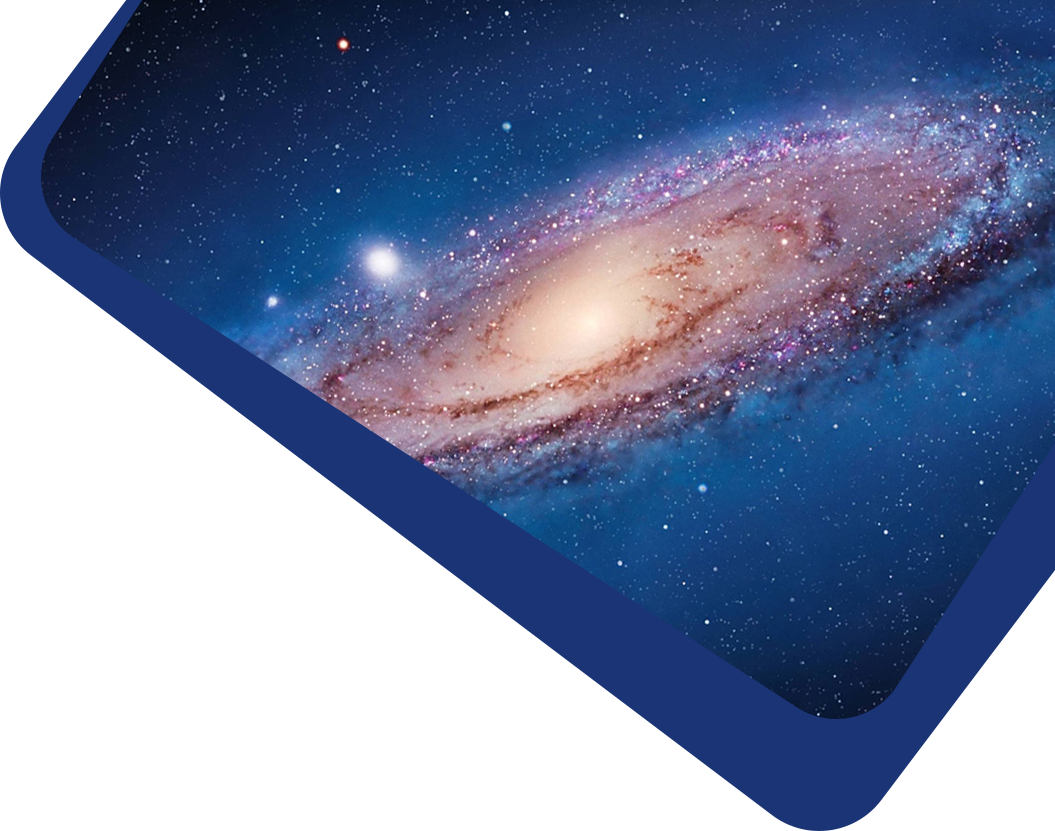We use the Fe Kα emission in X-rays from non-equilibrium ionizing plasmas as a probe to explore the dust in supernova remnants (SNRs). We applied our model to Cassiopeia A (Cas A), a well-studied SNR with plenty of observational data as a test. We use Chandra Advanced CCD Imaging Spectrometer 980 ks data of Cas A, and AtomDB v3.0.9, an atomic database for X-ray plasma spectral modeling, to fit 248 spectra. A two-temperature model is adopted to describe the physical conditions of shocked ejecta and iron-rich plasma. We measure the Fe Kα flux ratio and the centroid difference of the dust and gas contributions. We find strong 6.4 keV line emission components, which indicates that iron-rich dust can survive within Cas A’s shocked ejecta. We also find that the Fe Kα complex demonstrates an apparent double-hump structure in some Fe–K rich regions, which may be caused by both dust and multi-ejecta structure in Cas A. The results of Fe Kα structures are consistent with our model for a dust cloud embedded in multi-phase ejecta and suggest the presence of both dust sputtering and drag effects in those regions. It is currently still limited by the low spatial and spectrum resolution for the current X-ray detectors, but should be more useful when the new generation, high-resolution X-ray telescopes come into service.



